Along the California coast, a quiet restoration is unfolding in the surge and sway of kelp. After years of marine heatwaves and runaway sea urchins, something small and surprisingly forceful is pushing the system back toward balance. Sea otters, once written off as charismatic bystanders, are reemerging as builders – animals that change the very architecture of the ocean. The twist is that the evidence now feels less like folklore and more like a blueprint, sketched in data, mapped from the sky, and confirmed in the deep. That blueprint is showing us not only why kelp forests rebound where otters return, but how their engineering works at the level of bites, burrows, and entire coastlines.
The Hidden Clues

Here’s a puzzle: how can an animal that rarely grows as long as a snowboard shape forests hundreds of feet long beneath the waves? The answer starts with absence, those stretches of rocky reef where kelp is missing and purple urchins carpet the bottom like an endless gravel field. Divers call them barrens, and they spread fast when predators disappear or when heatwaves tip the balance. Where sea otters hunt, though, you see edges – the hard line where barrens give way to swaying canopies, fish schools, and abalone tucked into crevices. That crisp boundary is the first clue that something active, persistent, and decidedly non-random is at work.
Watch long enough and the pattern sharpens. Otters move methodically, plucking the largest, most destructive urchins from pockets of surviving kelp and breaking the feedback loop that keeps barrens locked in place. They don’t have to eat every urchin; they just have to target the troublemakers that mow down new kelp shoots before they can rise. Over months, patches stabilize, then connect, like green tiles re-laying themselves across a stone floor. The forest doesn’t reappear all at once, but the signature of an engineer does: selective pressure, repeated over time, producing structure.
From Ancient Tools to Modern Science
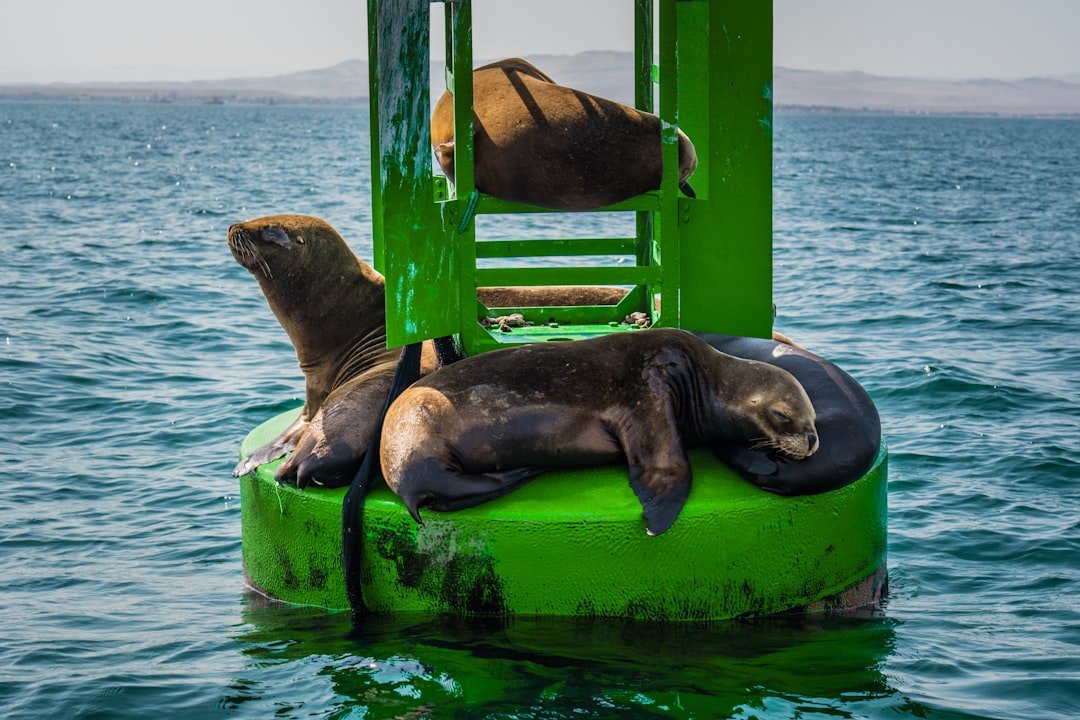
Sea otters are one of the few mammals that routinely use tools, tucking a favorite rock under an arm to smash open urchins or snails. That behavior, charming as it looks, is a precision instrument – the difference between nibbling at the edges and cracking the ecosystem’s lock. On the research side, the tools have evolved from clipboards to satellites, drones, and environmental DNA that tracks species with a few drifting cells. Aerial surveys that once took seasons now take hours, revealing kelp abundance in shimmering, high-resolution mosaics. Combine those maps with GPS-tagged otters and tide, temperature, and storm records, and cause-and-effect stops being guesswork.
The story deepens when scientists overlay diet analyses, dive observations, and urchin size classes. Where otters are common, urchins skew smaller and hide deeper; where otters are scarce, urchins spread out and grow into lawnmowers. In seagrass estuaries like Elkhorn Slough, the chain of influence runs through crabs and algae grazers, yet the result is the same: clearer water, thicker plant beds, more habitat. It’s not magic; it’s a network of interactions you can test, measure, and revisit after storms or heat spikes. The modern toolkit lets researchers do exactly that, year after year, season after season.
Engineers of the Underwater Forest

Call them engineers and you’ll be right, because engineering is about changing flows – of energy, matter, and opportunity. Otters flip the energy script by channeling urchin calories into themselves rather than into kelp destruction, and the forest responds with height, shade, and new niches. Tall kelp blades diffuse waves, soften currents, and create stepping stones for fish larvae searching for shelter. Each anchored stalk also traps drifting sediments, keeping the water column clearer and the sunlight streaming down. The architecture is literal: pillars, rafters, and a roof that moves.
Engineers don’t just build; they maintain. Otters patrol the same coves repeatedly, pruning back urchin surges the way a gardener keeps ivy from swallowing the fence. That steady pressure matters during marine heatwaves, when stressed kelp needs every break it can get. In years when conditions ease, kelp rebounds faster where otters have kept the groundwork intact. It’s a maintenance contract written in metabolism and muscle.
The Trophic Cascade in Action
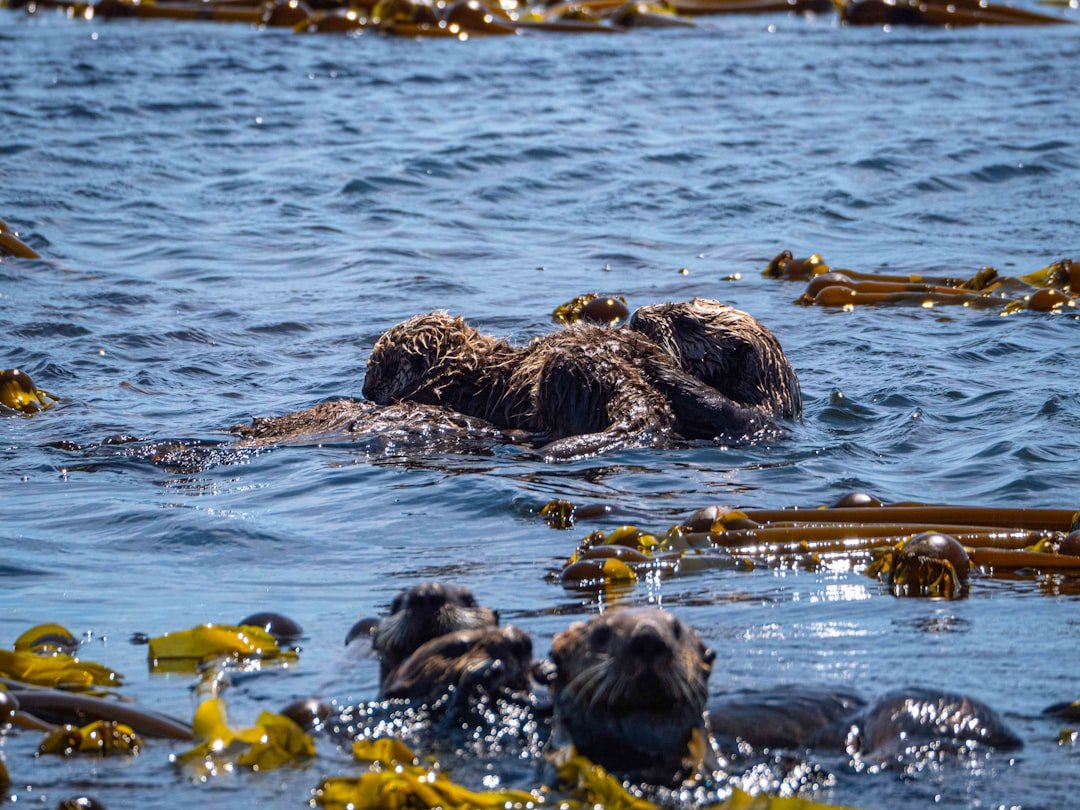
The classic cascade goes like this: otters eat urchins, kelp recovers, biodiversity booms. But the reality on California’s coast is textured, full of local exceptions that prove the general rule. In some coves, urchins hunker down, starving but alive, waiting for a window to surge; in others, otters keep them timid and tucked away. Storms rip out forests, then kelp spores ride currents to reseed openings if grazers are kept in check. The cascade is not a straight waterfall; it’s a braided river with forks and back eddies.
Even so, the outcomes are visible and repeatable. Where otters thrive, you tend to see thicker kelp, more rockfish and greenling, and a living roof that buffers coastlines from erosion. Where otters are absent, barrens can hang on for years despite restoration crews hauling urchins out by the bucket. The logic is relentless: keep the grazers timid and kelp gets time to rebuild; lose that pressure and the razed ground widens. The science keeps circling back to that interaction, because so much else flows from it.
Why It Matters

This is bigger than a single species saving a single habitat. Kelp forests are nurseries for fisheries, storm shields for bluffs and beaches, and carbon engines that funnel dissolved carbon into living tissue and detritus. They support a cascade of jobs – from dive shops to research labs to coastal tourism – while stitching together cultural ties to the ocean. When kelp collapses, those threads fray at once, and communities feel it in wallets and in the loss of a familiar, living place. Otters are not an optional flourish; they’re a lever that helps keep the system upright.
Consider the alternatives. Mechanical urchin removal is powerful but costly, and it stops the moment the funding does. Predator control by nature is continuous, targeted, and adaptive, leaning on behavior as much as biomass. Add in the climate stakes: resilient kelp forests can buffer heat, shade juveniles, and may enhance long-term carbon storage in sediments offshore. That tally makes a compelling case for investing in both otters and restoration, not one or the other.
- In restored coves with active otter presence, kelp rebounds sooner after calm winters than in comparable sites without otters.
- Urchin barrens often persist for years unless either predators return or large-scale removals reduce grazer pressure.
- Kelp forests support a web of species, with fish and invertebrate richness tending to rise as canopy cover expands.
Measuring the Blueprint
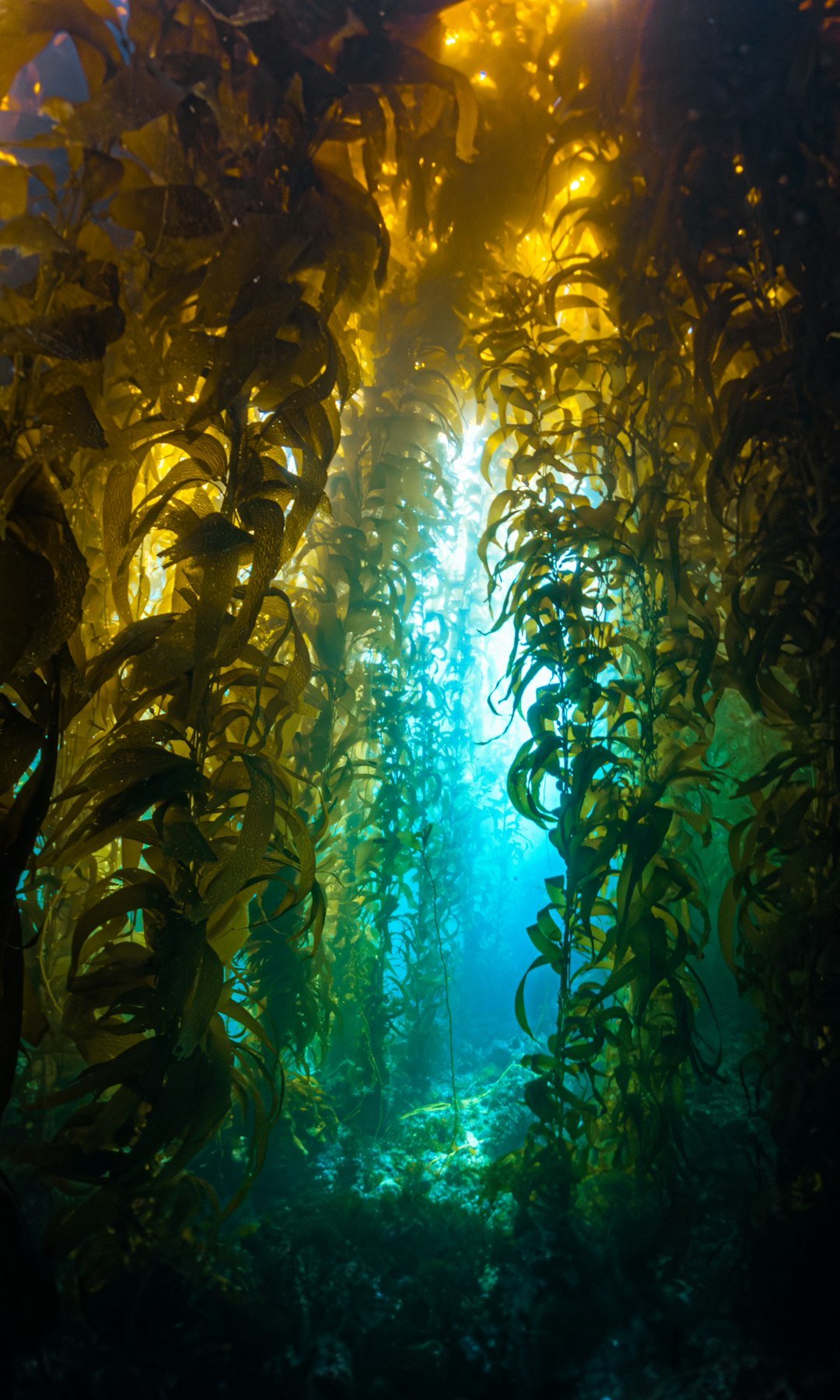
Proof, in this context, is a pattern that holds across place and time – and researchers now stack multiple lines of evidence to test it. Remote sensing tracks canopy spread; diver transects count urchins, abalone, and fish; and feeding studies tally what otters actually eat in different seasons. Environmental DNA adds another layer, detecting community shifts after otters recolonize a cove. When you see all these needles swing in sync, it feels less like correlation and more like a mechanism showing its gears. The blueprint emerges not from one flashy dataset but from their overlap.
Crucially, the approach handles surprises. During heatwaves, kelp can crash even with otters present, yet the rebound windows open earlier where grazer pressure stays low. After storms, canopy maps reveal which reefs act as seed banks because otters protected them from full conversion to barrens. And when something bucks the trend – a stubborn barren beside an otter hotspot – the mismatch becomes a new study, refining the model rather than breaking it. That’s science doing what it should: explaining today and preparing for tomorrow.
Global Perspectives
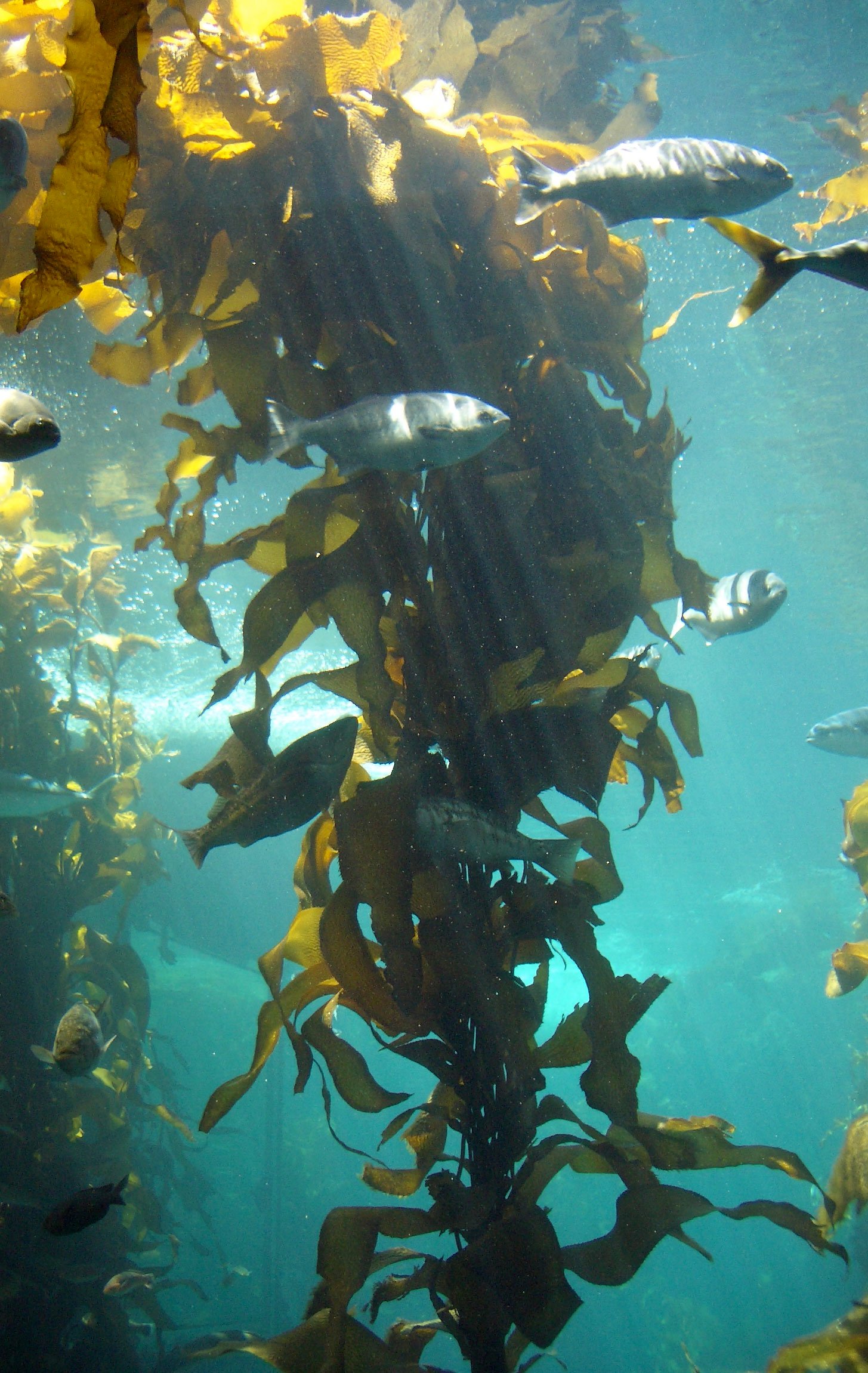
California’s story slots into a global lesson about apex predators and coastal forests. In the Aleutians and British Columbia, predator losses or gains have reshaped kelp in ways eerily similar to California’s coves. Temperate reefs in Australia and South Africa tell parallel stories with different actors – lobsters, fish, and sea bream stepping into the predator role. The plotline is familiar: where top-down control weakens, grazers bloom and forests thin; restore the pressure, and structure returns. The names change, but the engineering logic travels well.
This wider frame also clarifies trade-offs. Some shellfish harvesters worry about competition with otters, and that tension is real in places where coastlines are narrow and livelihoods are close to shore. Yet long-term, healthy forests tend to lift many boats by stabilizing habitats and buffering shocks. The goal is not to idolize otters, but to plan for coexistence – smart zoning, seasonal protections, and targeted restoration that recognizes both ecological gain and human need. If we get that balance right, kelp forests become less fragile everywhere.
The Future Landscape
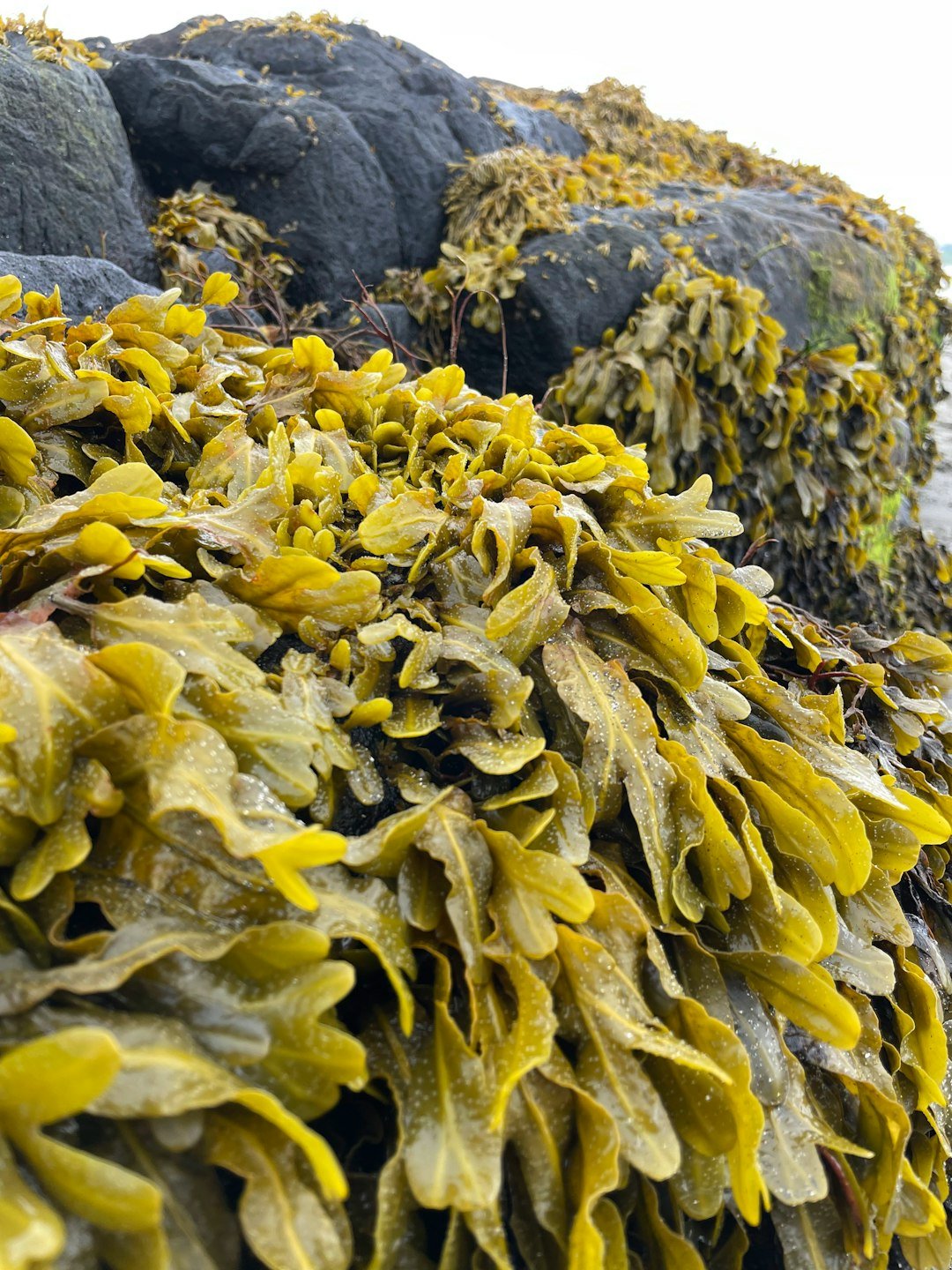
The next chapter blends biology with engineering in the human sense. Crews are experimenting with urchin ranching that turns a problem into a product, while selective breeding of heat-tolerant kelp strains explores how to future-proof canopies. Acoustic tags and machine-learning maps now forecast where otters will concentrate, letting managers time urchin removals or kelp plantings for maximum payoff. Offshore wind planning even factors in where kelp and wildlife corridors might intersect with anchors and cables. The pieces are finally being arranged on the same board.
Reintroduction feasibility along stretches north of San Francisco continues to spark debate, but the science toolset to monitor outcomes is ready. Climate models suggest more frequent marine heatwaves, so keeping grazer pressure low may be the difference between temporary dips and permanent loss. Expect to see hybrid strategies – predator recovery plus tactical culling and habitat nurseries – rather than silver bullets. The likely winners will be places that act early, measure relentlessly, and adjust without waiting for perfect certainty. That’s how you engineer resilience under a changing sky.
Conclusion

This is the moment to turn curiosity into care. Give otters space on the water, and keep dogs leashed near haul-outs so exhausted animals can rest and nurse. Support local restoration groups that remove urchins, plant kelp, and train community scientists to monitor reefs. Choose seafood from fisheries that protect habitats and reduce runoff by favoring low-chemistry yards and mindful home car-washing. Small acts ripple outward when the coastline itself is a web of connections.
If you want to go a step further, back policies that expand marine protected areas where they matter most – at the edges where forests can regrow. Volunteer for kelp counts, seagrass surveys, or beach cleanups that feed real data into real management. Ask aquariums and research institutions how to help fund monitoring during heatwaves, when the difference between rebound and collapse often comes down to timing. And yes, try a plate of locally harvested urchin where that industry helps thin barrens. The blueprint exists; what happens next depends on whether we build with it.

Suhail Ahmed is a passionate digital professional and nature enthusiast with over 8 years of experience in content strategy, SEO, web development, and digital operations. Alongside his freelance journey, Suhail actively contributes to nature and wildlife platforms like Discover Wildlife, where he channels his curiosity for the planet into engaging, educational storytelling.
With a strong background in managing digital ecosystems — from ecommerce stores and WordPress websites to social media and automation — Suhail merges technical precision with creative insight. His content reflects a rare balance: SEO-friendly yet deeply human, data-informed yet emotionally resonant.
Driven by a love for discovery and storytelling, Suhail believes in using digital platforms to amplify causes that matter — especially those protecting Earth’s biodiversity and inspiring sustainable living. Whether he’s managing online projects or crafting wildlife content, his goal remains the same: to inform, inspire, and leave a positive digital footprint.




